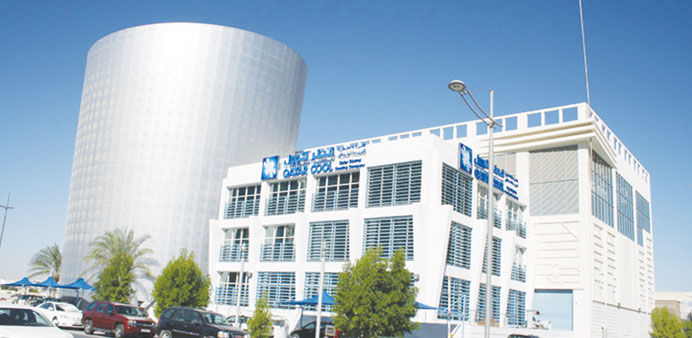Qatar Cool says its operations have been steadily growing over the past few years as they have completely sold out the capacity of the two plants in West Bay. The company is now in the design stage for a third plant.
In what is seen as the gaining popularity for eco-friendly technologies in the region, Qatar Cool’s three plants have witnessed an increase in “cooling energy production” as the demand for district cooling service continues to rise in the country, the company said in a statement.
Currently, Qatar Cool operates in two districts – West Bay and The Pearl-Qatar.
According to the company, Qatar Cool’s operations have been steadily growing over the past few years as they have completely sold out the capacity of the two plants in West Bay. Furthermore, the company is in the design stage for a third plant that will serve waitlist customers.
“After almost a decade in operations; growth has become part of Qatar Cool’s DNA; not only in terms of cooling energy output, but also in terms of the number of customers and employees. Since the inauguration of the first plant in 2006 Qatar Cool witnessed an increase in connected capacity over the past six years,” the statement said. “Considering the astonishing growth rate in the country as a whole, it is no surprise that this Qatari company has been experiencing tremendous growth curves for the past years.
“Such growth can be attributed to a variety of factors at the core of which is the overall growth of residential and retail sales and leasing in West Bay and The Pearl-Qatar districts, which are quickly gaining in popularity among Qatari investors and expatriates, seeking luxurious accommodation and lavish lifestyle.”
As a utility provider, Qatar Cool said its service “enhances the quality of life” for the end users by offering a variety of district cooling benefits.
Moreover, district cooling goes hand in hand with the lifestyle promoted at The Pearl-Qatar and West Bay area. Essentially, centralising the cooling systems in remote locations frees significant leasable areas in residential buildings, which could be utilised for leisure amenities such as swimming pools and gardens.
Such centralisation also contributes to noise reduction by eliminating the need of conventional outdoor units in residential buildings.



